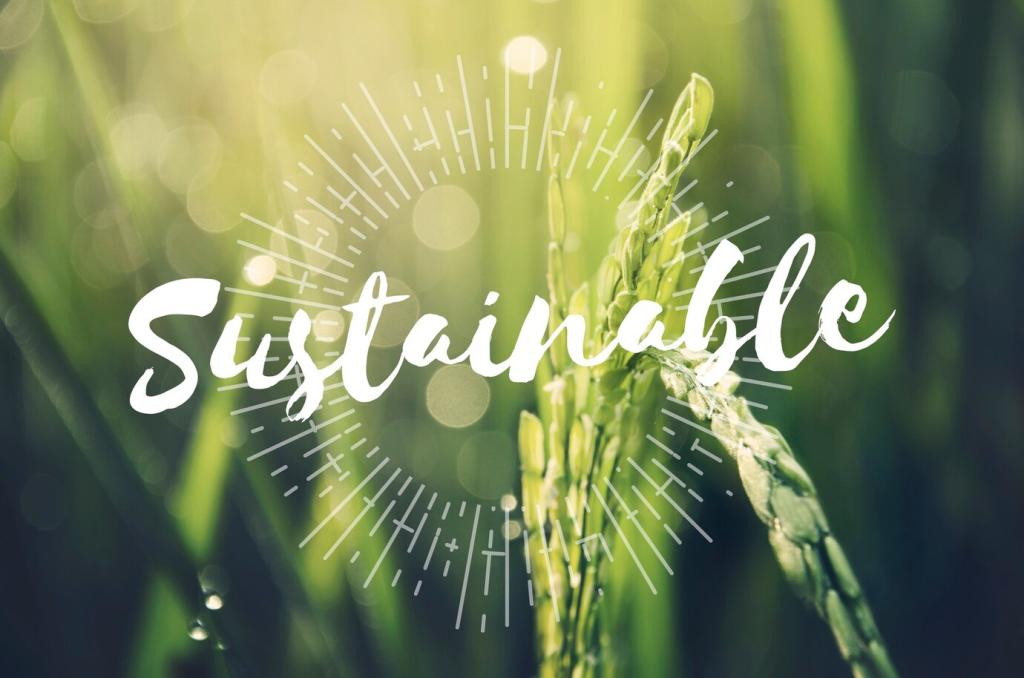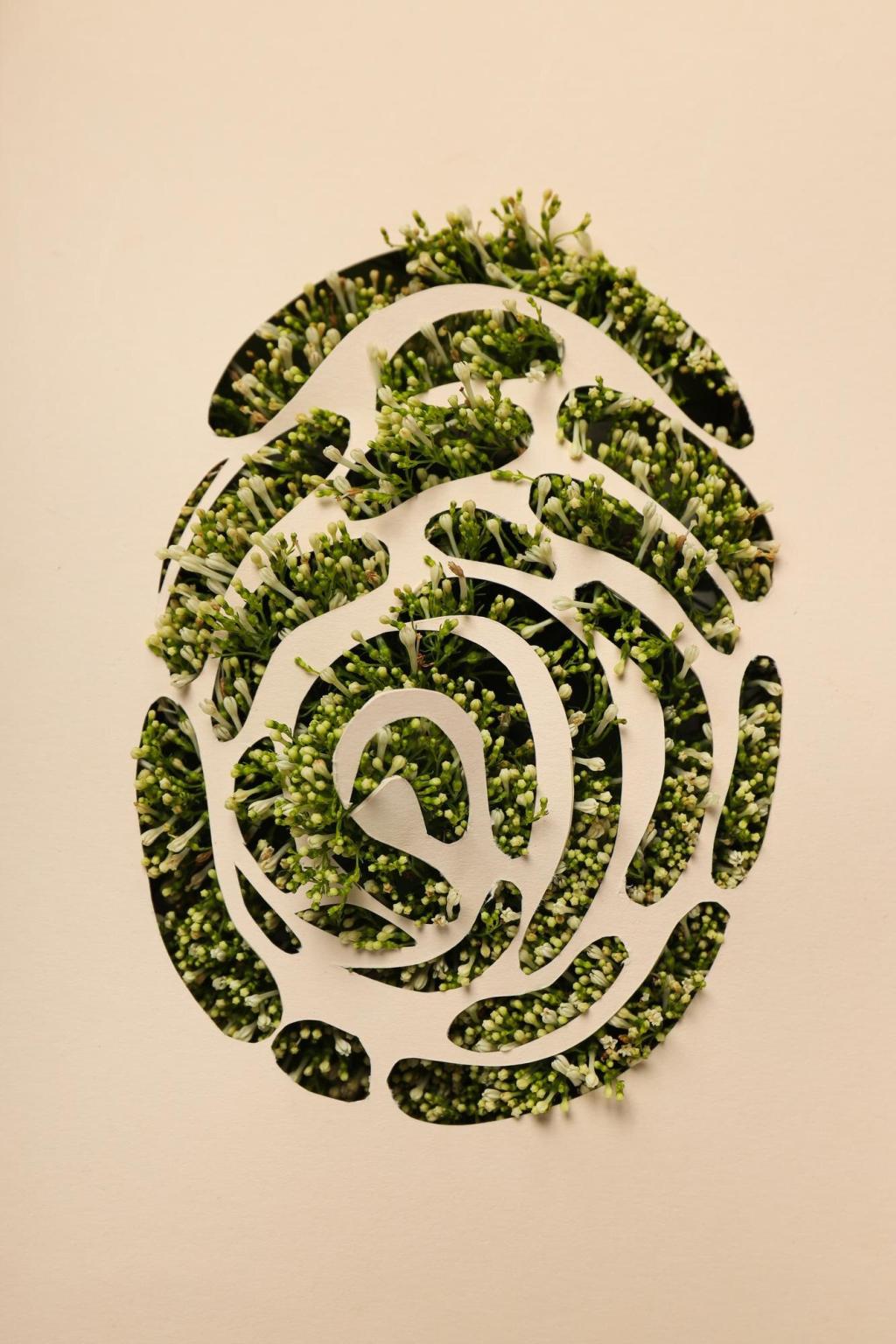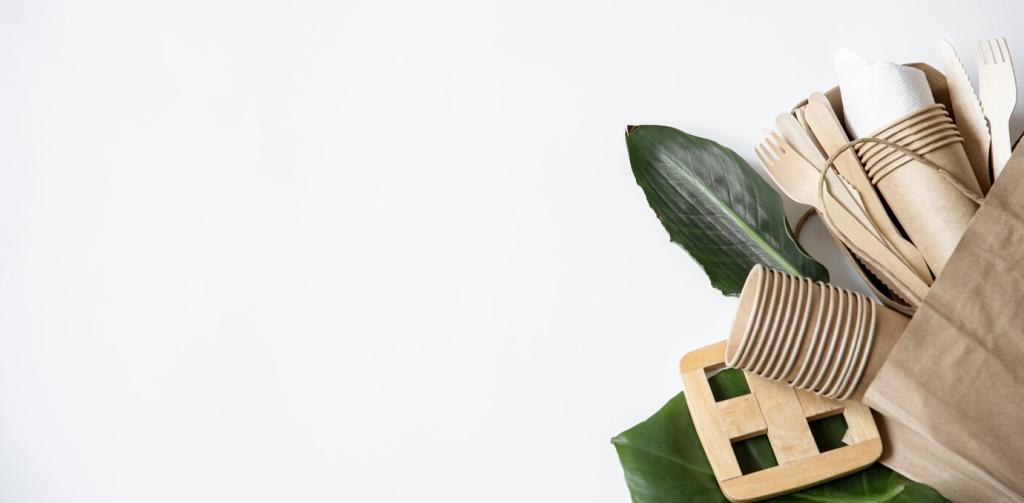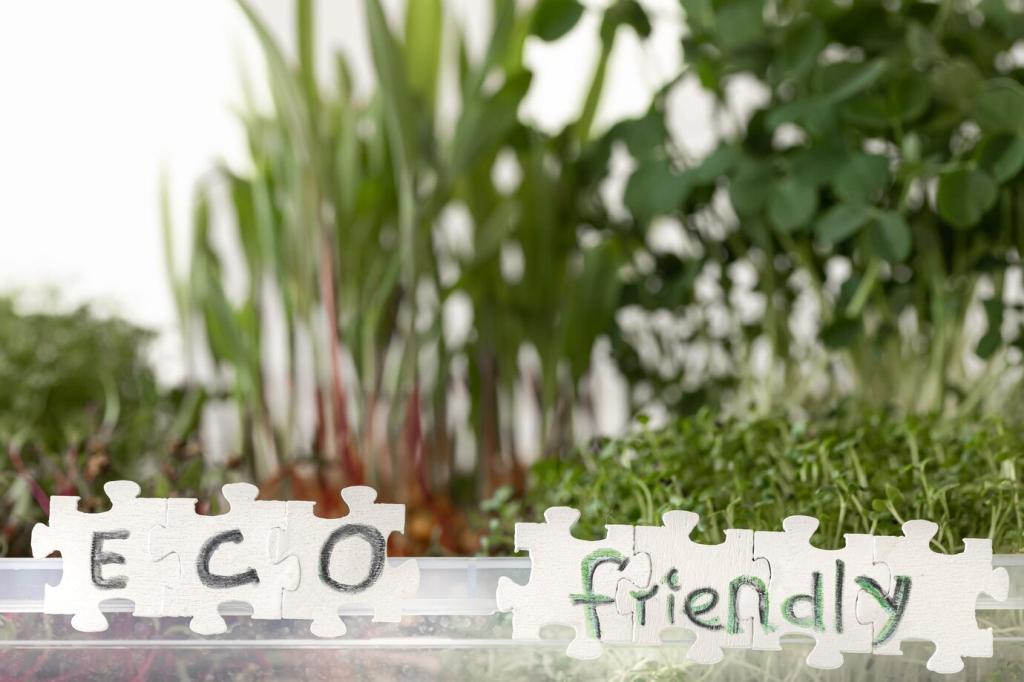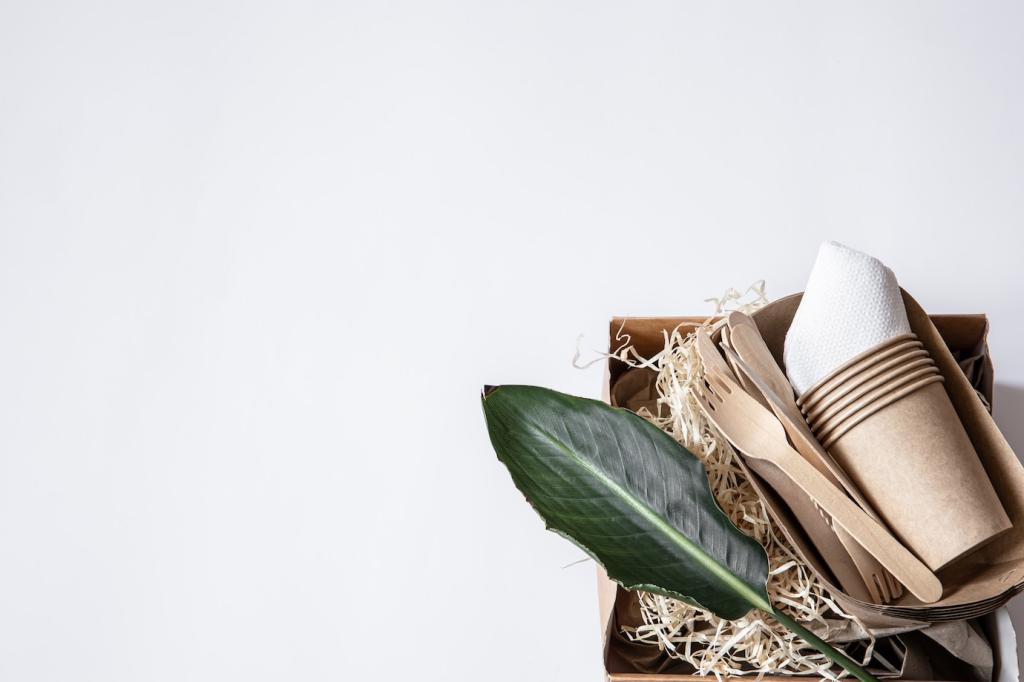Mycelium Materials: Growing Panels, Not Felling Trees
Mycelium, the root-like network of fungi, colonizes shredded crop waste like hemp hurds or corn stover. Within days, the fibers bind into a rigid form that is dried to halt growth. The result is a versatile, moldable composite panel or block that substitutes foam cores and low-load wood components.
Mycelium Materials: Growing Panels, Not Felling Trees
Mycelium composites deliver strong thermal insulation and sound dampening while offering favorable charring behavior under heat. In interior partitions, they reduce reverberation and support energy efficiency. Paired with bio-based skins, they create panels that are lighter to handle and install, enabling healthier, low-toxicity assemblies throughout buildings.

